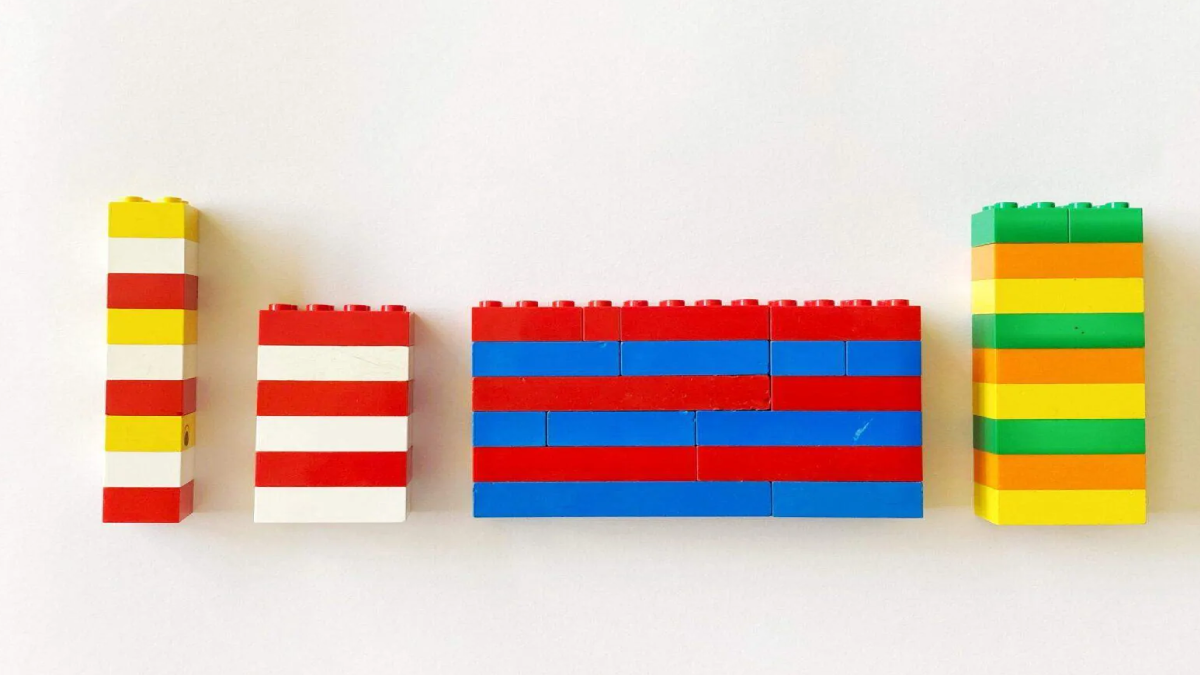Back to Basics with Bricks is a hands-on that involves using basic building bricks, like LEGO or other similar building blocks, to explore various STEM concepts. This activity is suitable for participants of different ages and can be adapted to different skill levels. Below are some ideas for incorporating Science, Technology, Engineering, and Mathematics concepts into the activity:
Materials Needed:
- Basic building bricks (for example, LEGO bricks or similar)
- Baseplates or building platforms
- Optional: Small motors, gears, and wheels (for advanced projects)
- Pen/pencil and paper (for sketching and planning)
Science Concepts:
- Structures and Stability: Explore how different brick configurations affect the stability of structures. Encourage participants to experiment with different shapes, sizes, and arrangements to build stable and balanced structures.
- Forces and Motion: Investigate how forces act on structures by applying external forces (for example, pushing or pulling) to the constructions and observing how they respond.
- Friction: Discuss the concept of friction by building different surfaces and observing how bricks move or interact with each other.
Technology Concepts:
- Robotics and Automation: Introduce basic robotics by incorporating small motors, gears, and wheels into the brick structures. Participants can build simple robots that move or perform specific tasks.
- Simple Machines: Use bricks to create various simple machines, such as levers, pulleys, and inclined planes. Discuss how these machines make work easier by reducing the effort needed.
Engineering Concepts:
- Design and Planning: Encourage participants to plan and sketch their ideas before building. Discuss the importance of design and how it impacts the success of a project.
- Problem-solving: Pose challenges or problems for participants to solve using bricks. For example, build a bridge that can span a gap, a tower that can withstand wind, or a vehicle that can move efficiently.
Mathematics Concepts:
- Measurement: Integrate measurement concepts by having participants measure the dimensions of their structures, such as height, width, and length.
- Geometry: Discuss different shapes and angles that can be created with bricks. Participants can explore symmetry, patterns, and tessellations.
- Counting and Patterns: Encourage participants to create patterns using different brick colors and sizes. They can also practice counting bricks and calculating the number needed for specific structures.
Instructions:
- Introduce the activity and explain the STEM concepts that will be explored.
- Provide participants with the necessary materials, including building bricks and baseplates.
- Depending on the participants’ age and skill level, you can either give them specific challenges to complete or allow them to explore and build freely.
- Encourage participants to document their creations through photos, sketches, or notes.
- If possible, set up a display area where participants can showcase their completed structures and explain their designs to others.
- During a group discussion, review the STEM concepts explored and ask participants about their experiences and what they learned during the activity.
Remember that the main goal of this activity is to promote creativity, critical thinking, and hands-on learning. Participants should be encouraged to experiment and explore different possibilities with the building bricks. Enjoy the process and celebrate the creativity and problem-solving skills of the participants!
| STEM Concept | Explanation and Application |
| Science Concepts | |
| Structures | Understanding how different configurations of bricks create stable and balanced structures. |
| Forces and Motion | Observing how forces act on the brick constructions and how they respond to external influences like pushing. |
| Friction | Investigating the effects of friction between bricks and how it affects the ease of movement and stability. |
| Technology Concepts | |
| Robotics | Incorporating small motors, gears, and wheels to build simple robotic structures that can move or perform tasks. |
| Simple Machines | Designing and building simple machines like levers, pulleys, and inclined planes using bricks. |
| Engineering Concepts | |
| Design and Planning | Emphasizing the importance of planning and sketching ideas before building and discussing the impact of design. |
| Problem-solving | Encouraging participants to solve challenges and problems by constructing specific structures or mechanisms. |
| Mathematics Concepts | |
| Measurement | Measuring dimensions such as height, width, and length of brick structures to ensure accuracy and precision. |
| Geometry | Identifying and working with different shapes, angles, symmetry, patterns, and tessellations in brick constructions. |
| Counting and Patterns | |
| Counting | Practicing counting bricks and calculating the number needed for specific structures or patterns. |
| Patterns | Creating patterns using different brick colors and sizes, exploring symmetry and repetitive sequences. |
Back to Basics with Bricks activity. Each concept can be further explored and expanded based on the level of understanding and age group of the participants. Additionally, this activity can be a starting point for exploring more complex STEM topics related to robotics, structural engineering, mathematics in architecture, and physics of forces and motion. Have fun exploring and learning through building with bricks!

